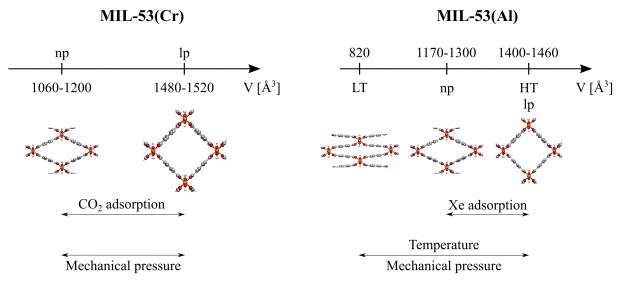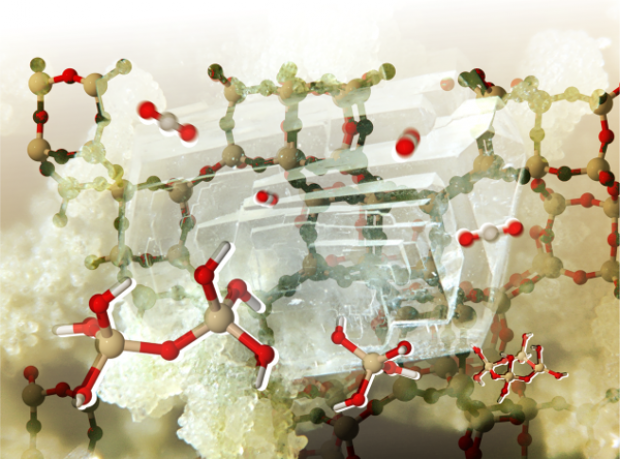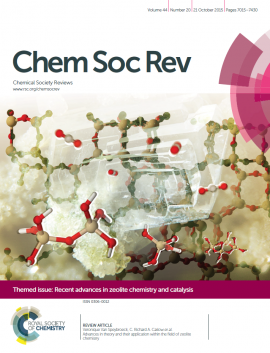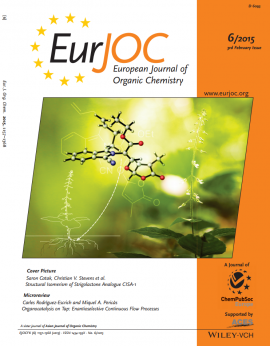Synthesis of poly(2-oxazoline)s with side chain methyl ester functionalities: Detailed understanding of copolymerization behavior of methyl ester containing monomers with 2-alkyl-2-oxazolines
Abstract
Poly(2-oxazoline)s with methyl ester functionalized side chains are interesting as they can undergo a direct amidation reaction or can be hydrolyzed to the carboxylic acid, making them versatile functional polymers for conjugation. In this work, detailed studies on the homo- and copolymerization kinetics of two methyl ester functionalized 2-oxazoline monomers with 2-methyl-2-oxazoline, 2-ethyl-2-oxazoline, and 2-n-propyl-2-oxazoline are reported. The homopolymerization of the methyl ester functionalized monomers is found to be faster compared to the alkyl monomers, while copolymerization unexpectedly reveals that the methyl ester containing monomers significantly accelerate the polymerization. A computational study confirms that methyl ester groups increase the electrophilicity of the living chain end, even if they are not directly attached to the terminal residue. Moreover, the electrophilicity of the living chain end is found to be more important than the nucleophilicity of the monomer in determining the rate of propagation. However, the monomer nucleophilicity can be correlated with the different rates of incorporation when two monomers compete for the same chain end, that is, in copolymerizations. © 2015 Wiley Periodicals, Inc. J. Polym. Sci., Part A: Polym. Chem. 2015


 Open Access version available at
Open Access version available at 


